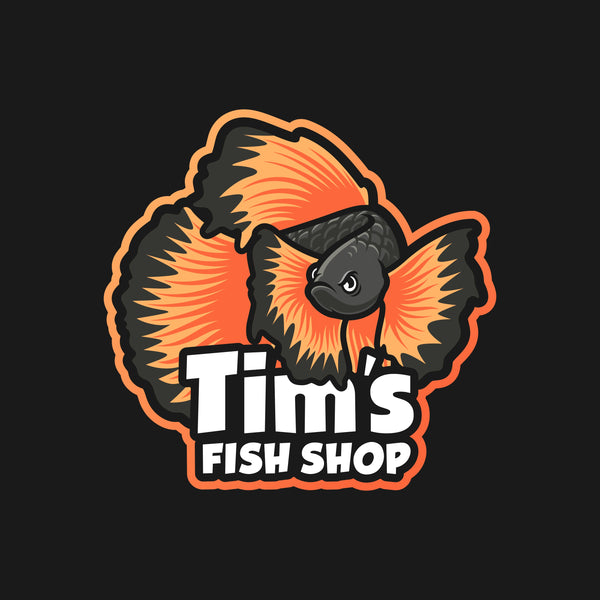We ars aquarium ensusiats are looking for a wonderful bottom dweller that is calm, cool and small. One such gem in the aquatic world is the Pygmy Corydoras, a charming and diminutive fish that captivates hobbyists with its small size and engaging behavior. In this blog post, we'll delve into the world of Pygmy Corydoras, exploring their characteristics, natural habitat, tank requirements, and other intriguing aspects that make them a delight for aquarium keepers.
Pygmy Corydoras, scientifically known as Corydoras pygmaeus, are members of the Corydoradinae subfamily within the Callichthyidae family. Originating from the blackwater streams of the Rio Madeira basin in Brazil, these petite catfish have become increasingly popular in the aquarium trade due to their unique appearance and peaceful nature.
ByCarnat Joel - https://www.flickr.com/photos/21708387@N02/9368698006, CC BY 2.0, https://commons.wikimedia.org/w/index.php?curid=46674813
In the wild, Pygmy Corydoras inhabit slow-moving streams and tributaries characterized by soft, acidic, and tannin-stained water. These conditions are crucial to replicate in captivity to ensure the health and well-being of these delicate fish. Mimicking their natural habitat not only enhances their vibrant colors but also encourages natural behaviors.
Now lets dive into the Tank Setup
-
Tank Size: Pygmy Corydoras are best suited to smaller aquariums, ideally 10 gallons or more. A larger tank allows for the creation of a more stable environment and provides ample space for a small school of these social creatures.
-
Substrate: To recreate the soft and sandy substrate of their native environment, use fine-grain sand in the aquarium. This substrate is essential as Pygmy Corydoras often forage in the substrate for food, and a soft substrate prevents damage to their delicate barbels.
-
Decoration: Provide ample hiding spots and plant cover to mimic the dense vegetation found in their natural habitat. Driftwood and dried leaves can be added to simulate the tannin-stained water they are accustomed to.
Water Parameters:
-
Temperature: Maintain a water temperature between 72°F to 79°F (22°C to 26°C).
-
pH Level: Aim for a slightly acidic to neutral pH range, ideally between 6.0 to 7.0.
-
Water Hardness: Keep water hardness on the softer side, ranging from 2 to 10 dGH.
What do Pygmy Corydoras eat?
Pygmy Corydoras are omnivores, and their diet should include a variety of high-quality sinking pellets, flakes, and live or frozen foods such as brine shrimp and bloodworms. Regular feeding, coupled with a well-balanced diet, will contribute to their overall health and vitality.
Social Behavior:
These tiny catfish are known for their peaceful and sociable nature. Keeping them in groups of at least six individuals is recommended, as they thrive in the company of their own kind. Pygmy Corydoras are also compatible with other small, non-aggressive fish species.
Overall Incorporating Pygmy Corydoras into your aquarium can be a rewarding experience, offering a glimpse into the fascinating world of these small, captivating catfish. By recreating their natural habitat and providing suitable tank conditions, aquarium keepers can enjoy the delightful antics and vibrant colors of these charming fish. As with any aquarium species, attentive care and a commitment to meeting their specific needs will ensure the long-term health and happiness of Pygmy Corydoras in your aquatic haven.
If interested you can purchase from our shop here:
https://timsfishshop.com/products/pygmy-corydora
While you are browsing, check out Petco's Buy Online and get $15 off in when you pickup in store.
$15 off $50 BOPIS


